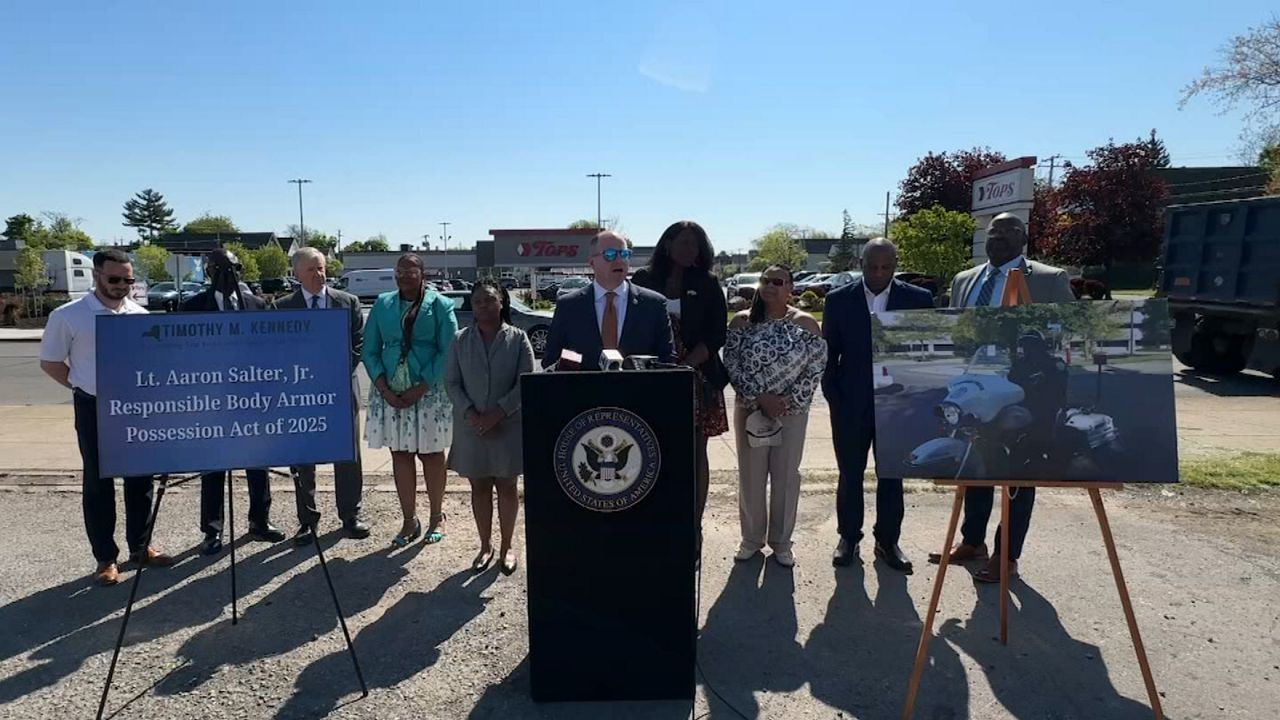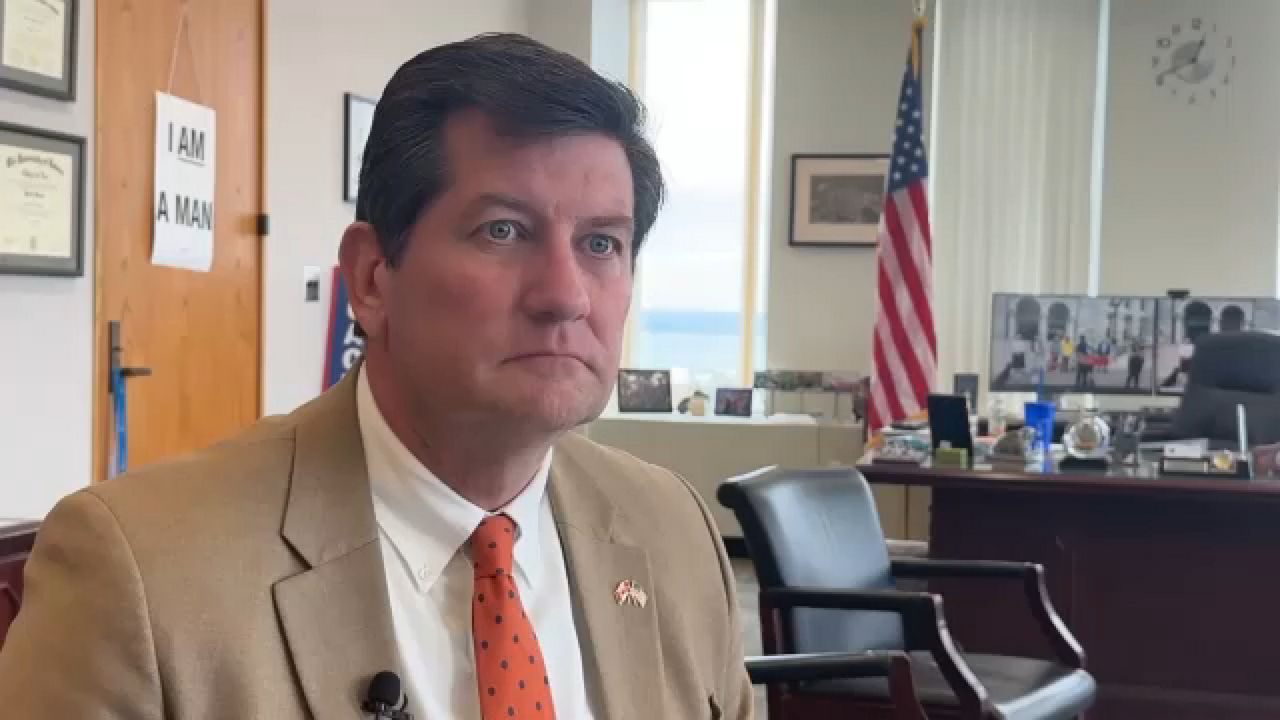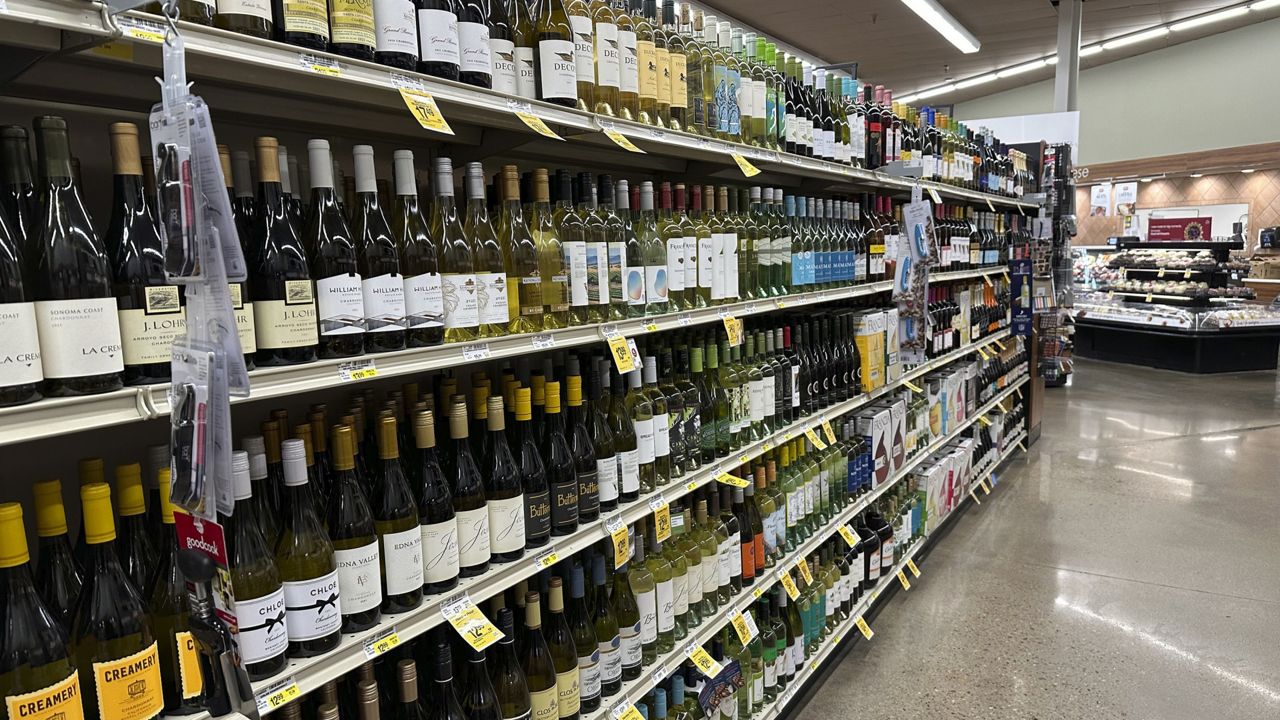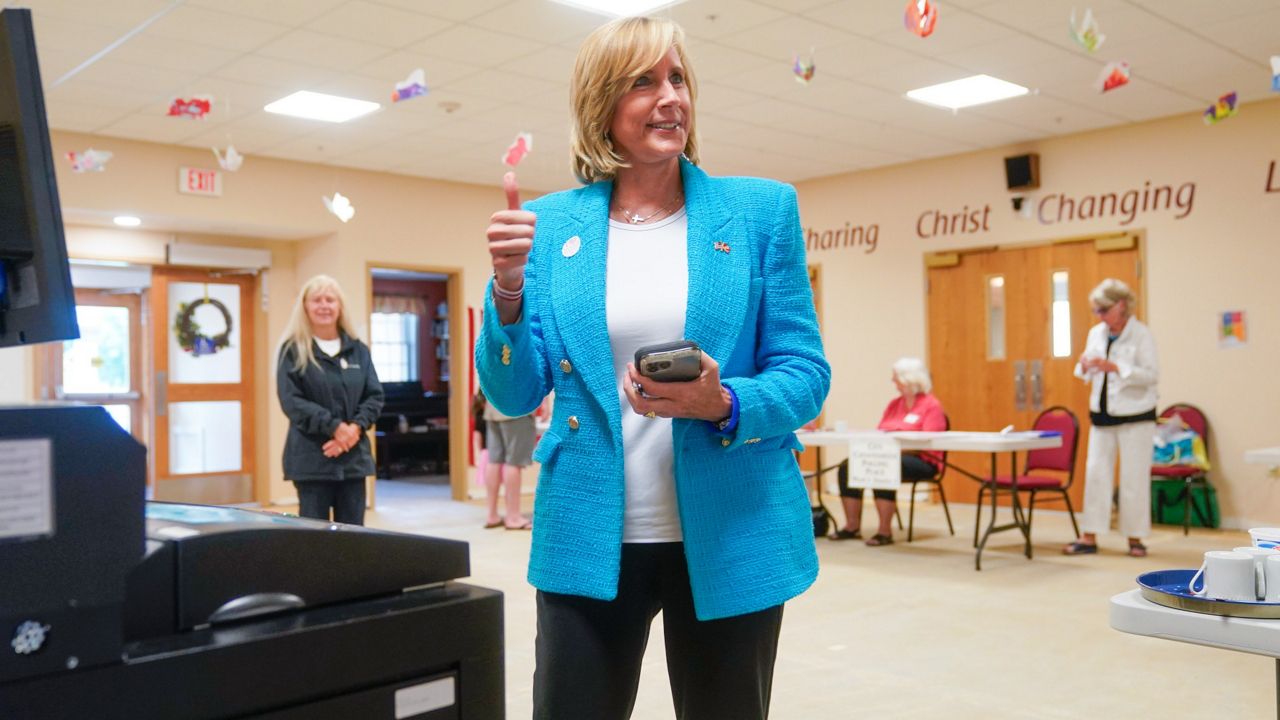Appearing in front of a judge probably isn’t on most people’s to-do lists. But if it happens, you would hope that your experience would be fair.
That's why many groups are pushing to increase diversity in the judiciary by creating a pipeline for students. One of them is Craig Hannah. It took a lot of hard work and dedication for him to get where he is today.
“It sounds like an easy task,” he said. “But unless you've been through the process, there's a lot of pitfalls or hurdles that you have to get over.”
Hannah works as a New York State Supreme Court justice.
“I thought...I can be in a career where you can help people," he said. "In this career, you can help people and you can be a voice for the voiceless.”
However, it sometimes doesn’t feel like that for people who walk into a courtroom.
“There's so many structural inequities and institutionalized racism that might have occurred," Hannah explained. "I think when people walk in and they see people from the same walk of life as [the one] who's standing in judgment of them, they feel more comfortable that justice is being served.”
A member of the Franklin H. Williams Judicial Commission, Hannah works to try and create equal access to positions like his, mentoring the next generation.
“We're not only supposed to lift as climb, we're supposed to make sure we make the path a little easier for the people that come behind us,” he said.
That's help welcomed by students like Yomaris Sanchez, who is studying law and is the president of the University at Buffalo's Latin American Law Students Association.
“I didn't understand until this year,” he said. “A lot of it is politics. It's who you know. I think people of color, unfortunately, need to work a little bit harder and it's not an even playing field.”
Born in Puerto Rico and raised by a single mom, she watched her aunt work 12 years to be reunited with her husband in the United States. That got her interested in law, where she could bring life experience others might not have.
“Many times these judges don't understand probably the socio-economic background that a lot of people in front of them come from,” Sanchez said.
She’s grateful for her own mentors and for opportunities to learn how she can be part of a more diverse bench.
“In Puerto Rico, that's a big thing for us - you don't eat until everyone is at the table eating," she explained. "I want to make sure that other people have the same options.”
Hannah hopes efforts like his will create change.
“We do conferences,” he said. “We do outreaches. We do seminars.”
A 2020 report from the Special Advisor on Equal Justice in the New York State Courts found diversity lacking in courts in New York state, especially outside New York City. The numbers didn’t change much when compared to a report from about 30 years ago.
Hannah knows there’s more work to be done.
“I think it's our job... to make sure we get individuals ready, so when the opportunities come, they can take advantage of it,” he said.
On Monday, April 24, a program called Everything You Need To Know About Becoming a Judge will be held at the University at Buffalo. It’s one of many such events the Franklin H. Williams Judicial Commission plans on holding to create that pipeline for diversity in the judicial system.










